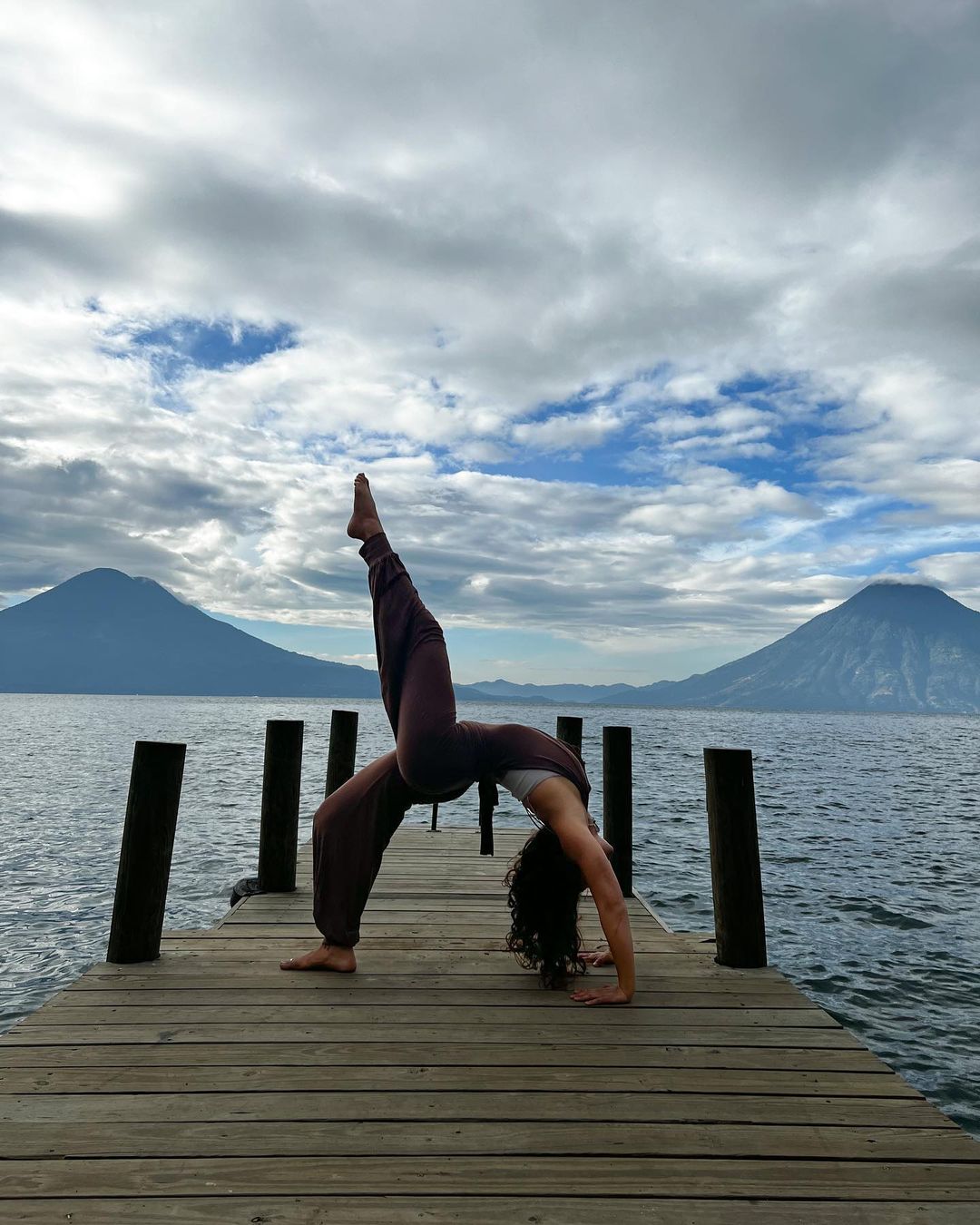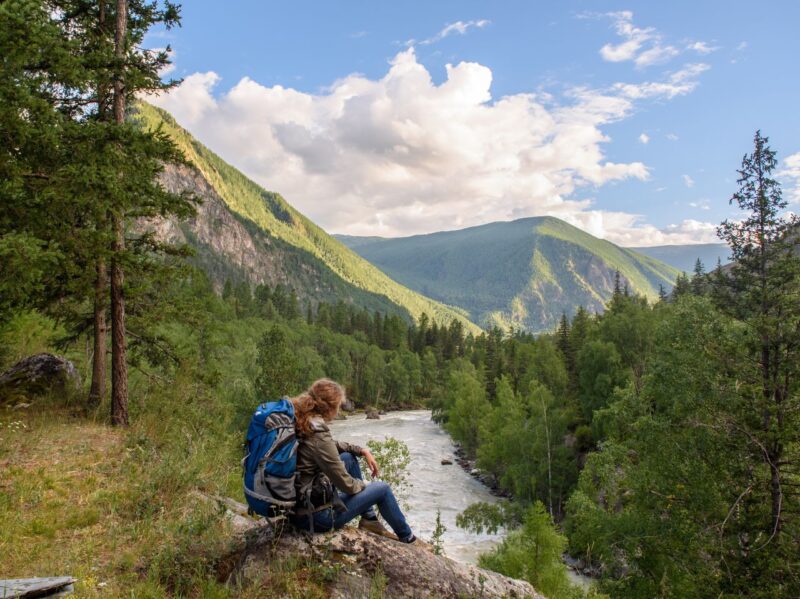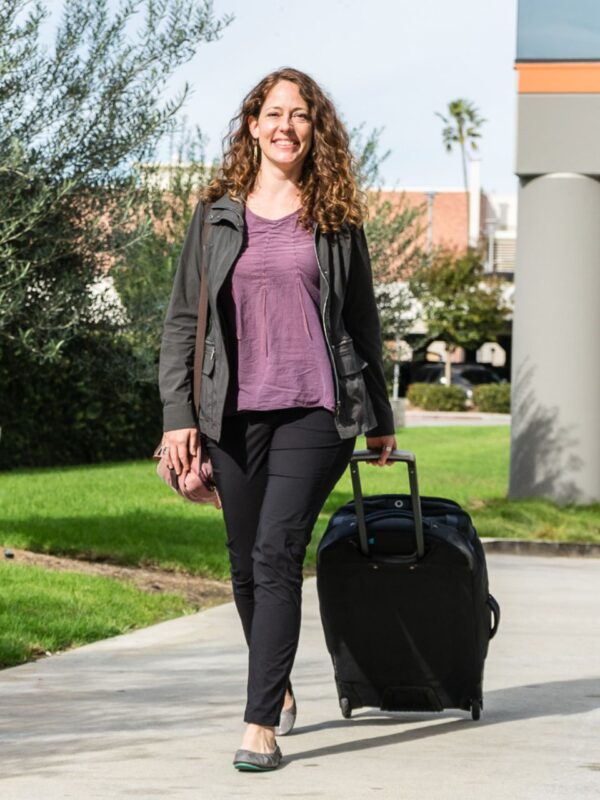
Why has the Number of Digital Nomads Doubled in the Last 2 Years?
Over the past few years, a huge growing number of people have ditched the traditional office and embraced a new way of working: the digital nomad lifestyle. As technology advances, more people are able to work from anywhere in the world, and as a result, the number of digital nomads has skyrocketed.
For Americans, in particular, the digital nomad lifestyle presents a unique opportunity for freedom and flexibility. With the ability to work from any location, they are empowered to explore the world and pursue passions without being tethered to a traditional office.
In this article, we’ll explore why more Americans are choosing the digital nomad lifestyle, the costs associated with this lifestyle, the challenges they face, and more.
Why Become a Digital Nomad?
The digital nomad lifestyle is appealing to many for a variety of reasons. Here are some of the most common motivations for becoming a digital nomad:
Freedom and Flexibility
One of the biggest draws of the digital nomad lifestyle is the ability to work from anywhere in the world. This freedom and flexibility allow digital nomads to pursue their passions, travel the world, and work on their own terms.
Increased Earning Potential
Many digital nomads have found that they are able to earn more money by working remotely. Without the costs associated with maintaining an office, digital nomads are often able to charge higher rates for their services.
Improved Work-Life Balance
By working remotely, digital nomads are able to create a better work-life balance. They can work when they are most productive, take breaks when they need to, and have more time for their personal lives.
Better Quality of Life
With the ability to work from anywhere, digital nomads can choose to live in places with a lower cost of living or a better quality of life. They can also explore new cultures, learn new languages, and make new friends.

Who Are Digital Nomads
While the digital nomad lifestyle is appealing to many, not everyone is cut out for this way of working. Here are some statistics on who are digital nomads and why they choose this lifestyle:
Age: According to a study by MBO Partners, the majority of digital nomads are between the ages of 25 and 44. However, there is a growing number of older digital nomads, with many people in their 50s and 60s embracing this lifestyle.
Gender: While there are no official statistics on the gender breakdown of digital nomads, it is clear more women are choosing this lifestyle. In fact, a study by FlexJobs found that women are more likely than men to work remotely.
Occupation: Digital nomads come from a range of income levels, but many earn a comfortable living by working remotely.
What Seasoned Nomads Say
“If travel is your ultimate goal and much more important than work or mapping out a career then don’t fight it but be prepared to work for it. Stay put, work your socks off in two or three jobs you’re not fussed about leaving, save money, and then travel like the wind, far and wide. Or look into working or volunteering abroad.”
Frankie Thompson, digital nomad since 2011.
“Spend more money on nicer places with better connectivity. In the long term, the price is worth the increased productivity and peace of mind,”
Nomadic Matt, digital nomad since 2004
“The digital nomad lifestyle can be isolating, especially if you are journeying solo. To avoid this, join a Facebook digital nomad/ex-pat community in your new area. Within these groups, there is the opportunity to meet like-minded people and find answers to FAQs,”
Nick and Hannah, digital nomad couple traveling since 2016
“I started my digital nomad lifestyle journey in 2011, back when remote work and work from home were not a thing yet… After two years of backpacking in South America, the funds drained. Initially, my parents wanted me to go home and start a regular job but I did not want that for myself no matter how inviting and comforting. In 2012, I opened [a] travel blog and learned how to be an entrepreneur. I taught myself the business side of blogging and up until today, [the] blog has brought me to all parts of the world”
Trisha Velarmino
What Does It Cost to be a Digital Nomad
While the digital nomad lifestyle offers freedom and flexibility, it does come with some costs. Here are some of the expenses you can expect as a digital nomad:
Accommodation
The cost of accommodation will depend on the type of lodging chosen, location, and duration of stay. Digital nomads may choose to say in shared hostels or rental apartments or may prefer more luxurious accommodations. On average, digital nomads can expect to spend around $1,000-$2,000 per month on accommodation.
Travel
As digital nomads often move from one location to another, travel expenses can add up quickly. This may include flights, train or bus tickets, and local transportation costs. The cost of travel will depend on the destination and the frequency of movement, but it is not unusual for digital nomads to spend $500-$1,000 per month on travel.

Food and Entertainment
The cost of food and entertainment will depend on the individual’s preference and location. Eating out regularly or opting for high-end dining experiences can increase costs significantly. Digital nomads can expect to spend $500-$1,000 per month on food and entertainment.
Work-related Expenses
Digital nomads may incur work-related expenses such as purchasing specialized equipment or software. The cost of these expenses will depend on the nature of their work, but digital nomads can expect to spend $50-$200 per month on work-related expenses.
Overall, the cost of being a digital nomad can range from $2,000 to $5,000 per month or more depending on individual preferences and travel destinations. It is important for digital nomads to carefully plan and budget for their expenses to ensure they can sustain their lifestyle while still earning an income.
The New Way of Life
With the rise of digitization, remote work, and the easing of international borders, the digital nomad lifestyle is on the rise. And not only is it a trend but is also the new way of life not just for a few million people. A life of freedom and adventure is not just a dream but is going to be the life most people will live.
























